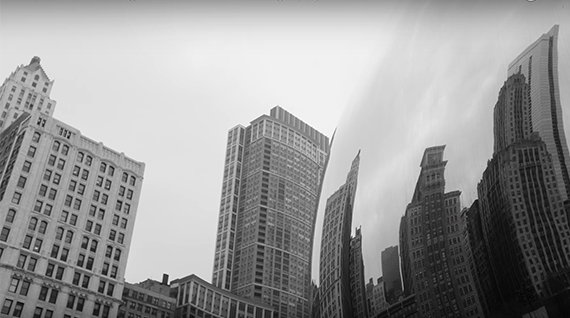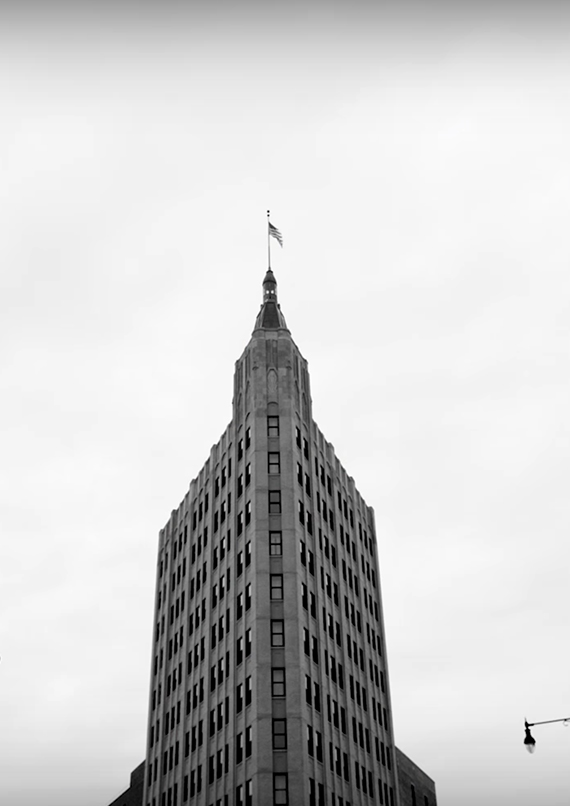It’s easy to romanticize black and white photography. After all, it often has a clean, classical, and dramatic look that people are naturally drawn to. But getting a great black and white is deceptively difficult and requires the photographer to think about the world a little differently, as photographer Aaron Nace demonstrates:
Put simply, color plays a huge role in our ability to differentiate objects. Without it in play, photographers are more at risk of ending up with murky grey features that bleed into one another. Unless you’re trying to create abstract artwork, you don’t want your audience struggling to figure out what it is that they’re looking at. So, here are a few suggestions designed to keep your compositions clear.
1. Hone in on simple shapes
One thing you definitely want to avoid is a frame that’s too busy. Seeking out subjects with prominent, identifiable shapes is one of the easiest ways to ensure a shot that audiences can interpret.
2. Get rid of distractions
If there’s something that’s detracting from your composition, you could do one of two things. The first option, of course, is to Photoshop it out during post processing. However, you may want to consider saving yourself some time by switching your vantage point to avoid the problematic feature entirely.
3. Incorporate leading lines
Leading lines provide a natural path for our eyes to follow. Normally when we’re looking at a photograph, color is one of the first things that grabs our attention. Without it, your viewers will seek out other strong visual elements in the form of lines and shapes.
4. Contrast is key
Prominent highlights and shadows are what makes a black and white image pop. Seek out subjects and scenes that contain dark and light elements. Chances are, it will look stunning even when color is taken out of the equation.
5. Seek out symmetry
Symmetry is omnipresent in nature, in urban environments, and even in our own faces. However, there are certain situations where you’ll have to work to capture symmetry in-camera. Use your viewfinder to get as close to a mirror image as possible – often times, doing so will involve adjusting your position, so be prepared to move if you want to get the perfect shot.
“Hopefully we’ve inspired you to pick up your camera and start looking at the world in black and white. Remember, shooting in black and white is an art form all its own.”
Like This Article?
Don't Miss The Next One!
Join over 100,000 photographers of all experience levels who receive our free photography tips and articles to stay current:








Leave a Reply